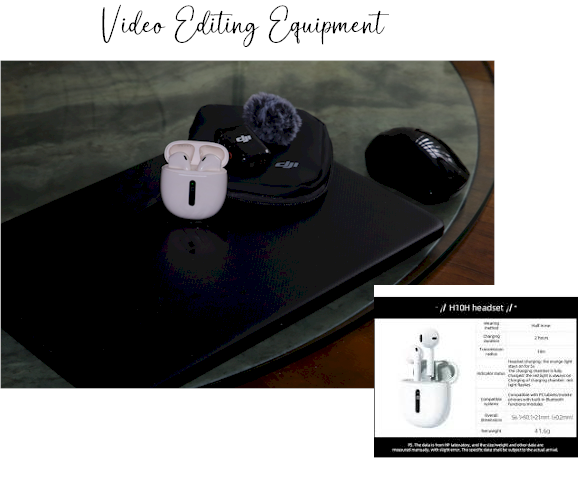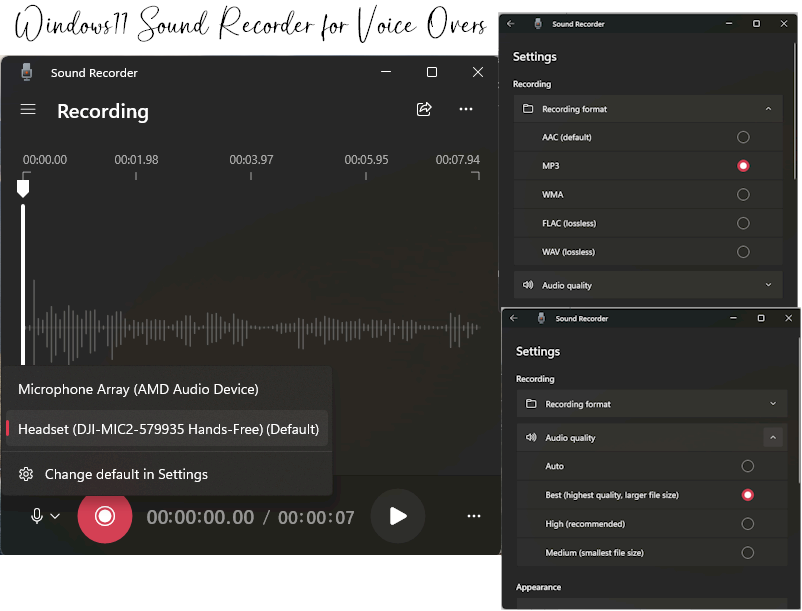Tuesday, July 08, 2025
In that I have very little time for video content creation, I am always looking for ways to make the time I spend trying to create this content as effortless as possible.
Currently, I use a number of cameras, software, lights, and other hardware
devices to create video content, including:

- DJI Osmo Pocket 3
- Canon EOS M50
- DJI Mic 2
- HP Laptop w/Windows11 Pro
- ULANZI LM001 Magnetic Mini Light for DJI Osmo Pocket 3
- HP H10H Headset
- Davinci Resolve 19
- Various other lights
The biggest problem I have with my current setup involves voice over creation. It may be that I am still learning the ropes with the Davinci Resolve 19 software (which I absolutely love), or the free version I am using has a few limitations.
Whatever the case, I do not seem to be able to connect via bluetooth both the DJI Mic 2 and HP H10H Headset and have the Davinci Resolve 19 software activate the mic.
Though the software recognizes each bluetooth connection, for some reason it disables the mic after (Davinci Resolve) startup. Yes, in the settings I ensure the mic can be used by Windows apps and programs and that each device is connected before I start the Davinci Resolve software.
Software installed on the HP Windows 11 Pro that does recognize both bluetooth devices, i.e., DJI Mic 2 and HP H10H Headset, includes:
- Snipping Tool (screen recorder)
- Sound Recorder (voice over, audio recorder)

The following video demonstrates the Windows' software audio
recording output.
Note, in the video I used the audio from the Snipping Tool screen recording, however both the audio files from the Windows Sound Recorder and the Snipping Tool sound the same.
I wish I had more time to figure out why I cannot use Davinci Resolve to create voice overs, however for now, I am going to use the Windows software to create the audio files.
In the future I hope to do more with the sound quality using the many features offered by Davinci Resolve.

















